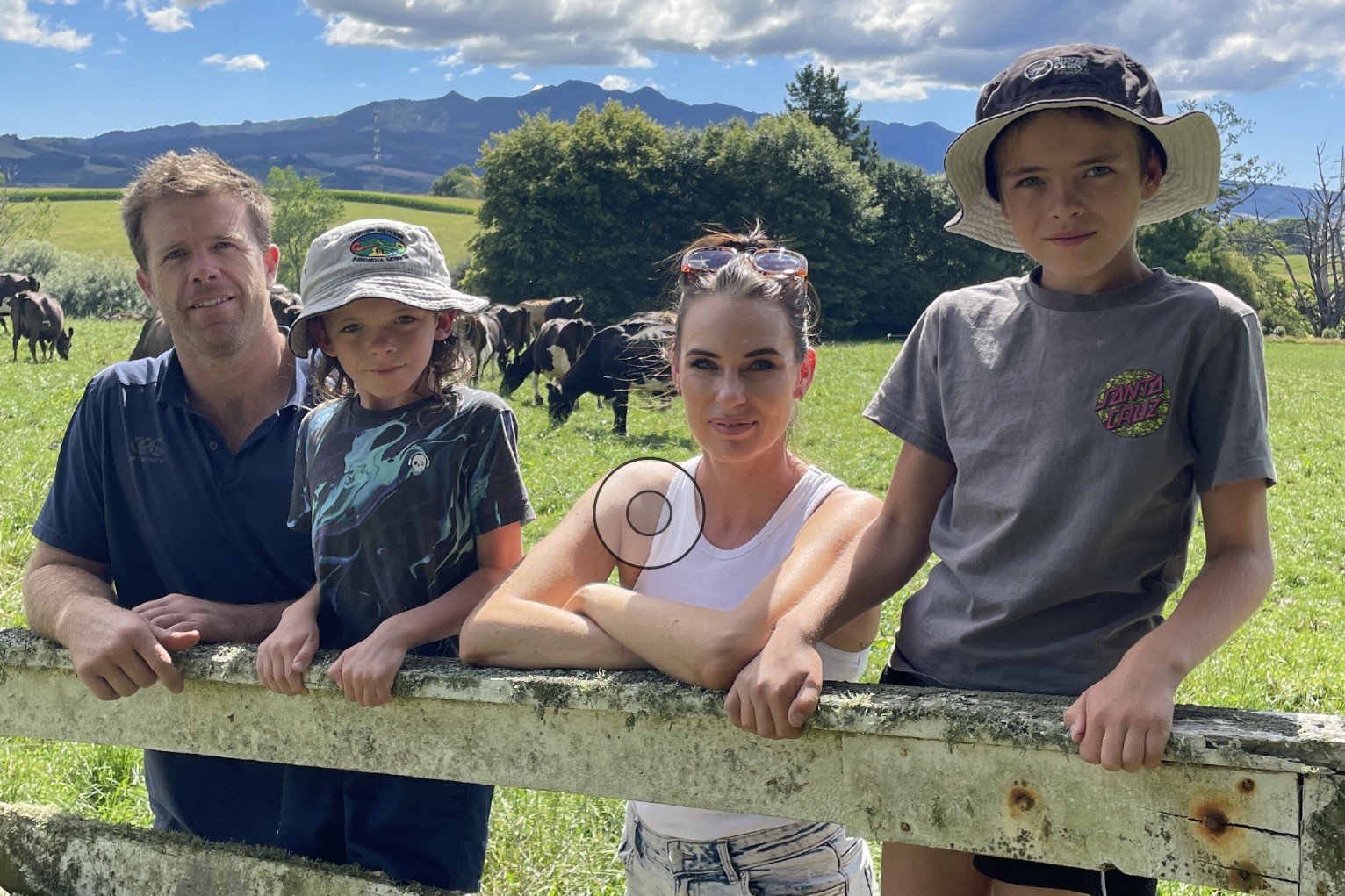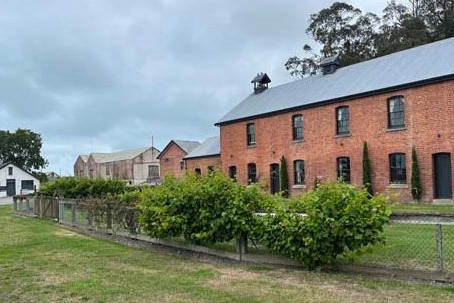Pastures may have been looking great this season, but it’s the ideal time to renew under-performing paddocks, Blair Cotching writes.
Given the season we have had, with higher than expected pasture growth rates, there may be some thought of not doing as much pasture renewal as originally planned this year because the farm is looking pretty good. However, the opposite applies.
This is the perfect opportunity to renew some under-performing paddocks. Why?
With the higher than expected growth, the pressure on seasonal pasture supply is not as tight as in previous autumns. Higher covers offer the opportunity to renew paddocks that might not otherwise be able to be dropped out of the round because that feed cannot be spared. In this context, the saying ‘make hay while the sun shines’ can be changed to ‘renew while the pasture growth is shining’.
The amount of pasture eaten has a direct relationship with farm profitability, with DairyBase data suggesting for every increase of 1000kg drymatter (DM)/ha eaten, the operating profit per hectare increases by $300. There are two broad ways of achieving this increased pasture intake – grow more or utilise more. Ensuring you are growing as much high metabolisable energy (ME) pasture as possible by removing underperforming paddocks and turning them into performing paddocks is important.
Under-performing paddocks are easy to spot. They’re laggards in the grazing round, taking far too long to regrow. Then they’re not grazed well. These two things mean they’re costing you money – a lot of money.
By now, underperforming paddocks prime for renewal should have been identified with the reason/s for their poor production also identified and rectified if possible.
Ensure all weeds present are correctly identified as not every species is susceptible to glyphosate and an additional herbicide may be required to kill them. This is a very important step. Generally pre-sowing is the most cost-effective time to kill weeds, and this spray also removes any established weeds that will compete with the establishing new pasture.
The seedbed should be fine and firm to allow even sowing depth and good seed/soil contact for increased germination.
Pasture species and cultivar choice is vital to ensure you are getting the correct cultivar for your unique situation. Contact your local seed expert to discuss this.
Even drilling depth is very important to allow quick and even establishment of both grass and companion species such as clover and herbs. Pasture seeds are small and don’t like to be buried too deep as it takes too much energy to reach the surface, and many don’t make it. Sowing at a depth of 10-15mm is the most effective at increasing clover content.
Trial work completed by Barenbrug Agriseeds agronomists looked at the effect of drilling method on the clover content nine months later. Five different sowing methods were used in autumn to sow 20kg/ha ryegrass and 4kg/ha white clover. The treatments were:
- Ryegrass and white clover broadcast on surface, then harrowed and rolled
- Ryegrass sown in rows at 10-15mm depth with clover broadcast on the surface, then harrowed and rolled
- Clover and ryegrass drilled together in rows at 10-15mm depth
- Ryegrass sown in rows 10-15mm depth, clover broadcast on surface in following spring
- Ryegrass only sown in rows at 10-15mm depth
The results show that to maximise clover establishment where cultivating, use a roller drill followed by harrows, on a fine, firm, weed-free, well consolidated seedbed. This ensures seed is spread evenly across the surface, giving clover more space and light than when sown into tight rows. It also helps suppress weeds, because the sown species better covers the soil surface.
So why this focus on increasing clover content?
- Increased nitrogen supply to the pasture through nitrogen fixation
- Increased cow pasture intake
- Increased milk fat percentage
- Increase in per cow milk solid production.
A pasture with good clover content (>20%) can contribute in excess of 100 units of nitrogen per hectare, with every tonne of dry matter produced by white clover contributing 25 units of nitrogen.
In summary:
- Seize the opportunity to renew while pasture growth is shining
- Increase pasture eaten
- Clover is very important
- Sowing depth and method affects clover content
Blair Cotching is pasture systems manager with Barenbrug Agriseeds.





